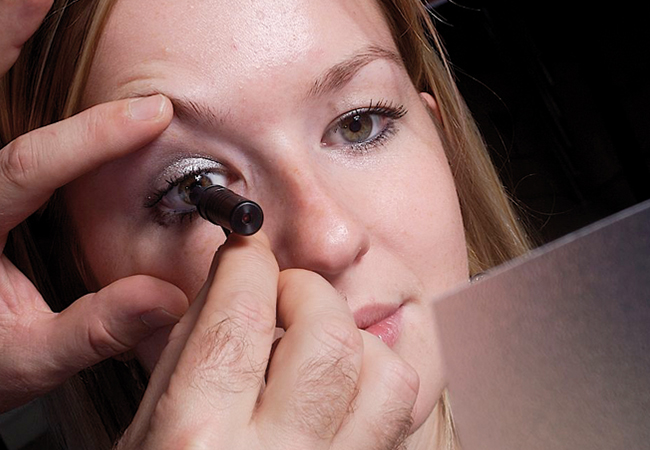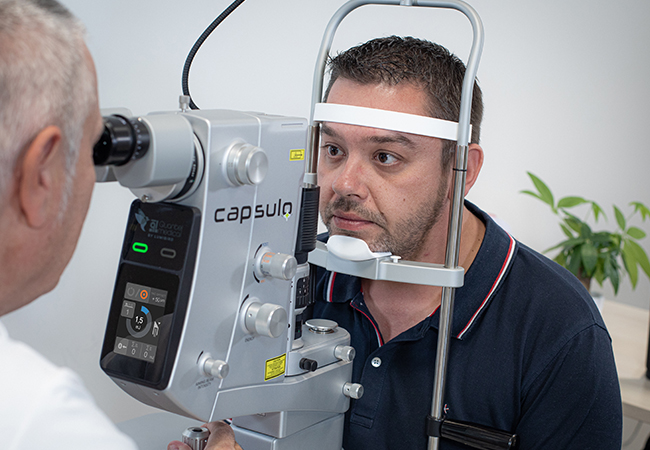What are the symptoms
of primary & secondary cataract?

At first, cataract may only affect part of the lens and according to the location, symptoms might be different. Signs and symptoms may include:
- Clouded, blurred or dim vision
- Increasing difficulty with vision at night
- Sensitivity to light and glare
- Need for brighter light for reading and other activities
- Seeing "halos" around lights
- Frequent changes in eyeglass or contact lens prescription
- Fading or yellowing of colors
- Double vision in a single eye




